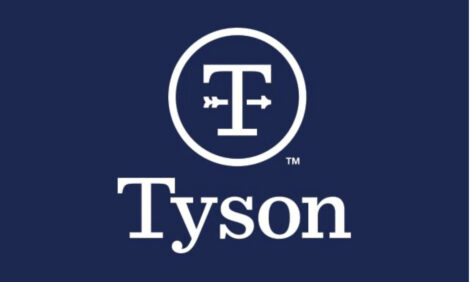



Animal Waste A Threat To Clean Water Supply
CHINA - The massive increase of animal waste coming from the livestock industry has become a main source of water pollution in the country, environmental researchers have warned.Citing China's first national census of pollution sources released in February this year, Zhang Qingfeng, a leading water resources management expert at Asian Development Bank, said agriculture is responsible for up to 67 per cent of the 423,200 tons of phosphorus discharged and 57 per cent of the 4.7 million tons of nitrogen discharged into water.
Livestock and poultry are major sources of agricultural pollution and have caused a series of water pollution incidents in the country, Mr Quingfeng told China Daily.
In mid-2007, Taihu Lake suffered a serious blue-green algae outbreak, threatening the water supply of more than 1 million residents in the lakeside city of Wuxi, Jiangsu province.
In 2008, the Qingdao Olympic sailing venue was also hit by blue-green algae and hundreds of volunteers and citizens went to great lengths to clear it before the Beijing Olympics started.
"The overgrowth of blue-green algae was mainly caused by excessive amounts of phosphorus and nitrogen in water as currently a lot of animal waste is disposed of improperly into ponds, channels and sewers, or left in fields and polluted waterways," Mr Qingfeng said.
According to statistics from the Ministry of Agriculture, the volume of livestock and poultry manure increased from 3.8 billion tons in 2000 to 4.8 billion tons in 2008.
However, about 35 million of the 140 million rural households were using biogas digesters - equipment that converts animal wastes into energy - by the end of 2008, ministry statistics show.
But less than one percent of the 4.2 million large-scale farms for pigs, cattle and chicken use biogas digesters to dispose of livestock waste, Mr Oingfeng said.
"If disposal methods of livestock waste are not improved, environmental problems will certainly worsen as the livestock population is growing rapidly," he said.
The government has strengthened efforts to help livestock and poultry breeding farms develop methane digesters.
China plans to construct 80 million household methane digesters and 10,000 large-scale biogas plants by 2020.
"However, there was inconsistency between construction speed and management and service, which means many methane digesters cannot be used effectively now," said Hao Xianrong, director of the division of energy and ecology from Ministry of Agriculture.
"The most effective way to encourage farmers to install biogas digesters is helping them increase their income by using it," Mr Qingfeng said.
A five-year project that provided funding to install biogas digesters at small farms and commercial livestock farms was launched by the Asian Development Bank in Henan, Hubei, Jiangxi and Shanxi in 2003.
"Since it is working as part of an integrated farm production system, a biogas digester not only utilises livestock waste, but also waste from vegetable, fruit and grain crops. And farmers were happy to see their income increase and then continued to use it," he said.
TheCattleSite News Desk


